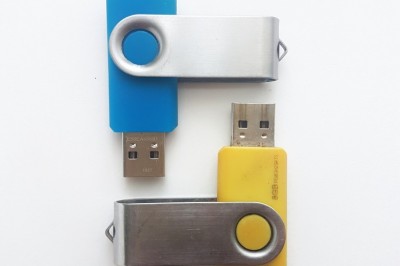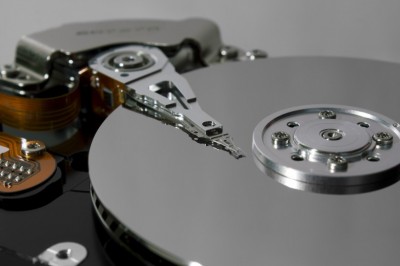What You Do When BIOS Fails to Detect Hard Drive
When a computer system is powered up, BIOS (Basic Input/Output System) is the first program (a firmware that is software on hardware) executed by a computer system. The BIOS detects, tests and initializes system devices like hard drives, optical drives, keyboard, display screen etc. After the BIOS check is over, computer system files take control to detect the hardware and software environment. Among all computer storage media, hard disk is the most common one due to its large storage capacity and cost-effectiveness. When the hard drive fails due to hardware issues, BIOS fails to detect it. This generally happens when hard disk suffers physical issues related to one or more of its internals. Attempting to run such failed hard drives can cause more damage to your data. So, if you ever encounter such issues, it is recommended to power down the system immediately and consult data recovery solution providers for recovering lost data.
The first function of BIOS is to run POST (Power-On Self Test) that is stored on a predetermined address in memory. This code is responsible to gather information of all attached drives including hard disk. It makes sure that all hardware is working properly and the minimum hardware required is available. Thus, if the hard drive is damaged, POST may not detect it.
In particular, BIOS may fail to recognize the hard drive post issues as physical crash. But, there can be other issues as well like:
• You have recently changed the BIOS settings and hard disk is not correctly configured.
• Hard disk is inappropriately connected to the system. Power cable or interface cable is damaged or not attached to the mainboard.
• Jumper settings are not correct.
• Hard drive controllers are disabled in BIOS.
To solve the issue, you need to follow these steps:
• Set your BIOS settings to default
• Verify all cables are in good condition and are properly connected
• Check jumper settings. If you have attached two hard drives to a port/connector, make sure that one of them is configured as master and other as slave
• Make sure that all/in-use hard disk controllers are enabled
• If the problem continues, you require a hard drive recovery company that has all the modern facilities and tools to recover lost data.
Data Recovery service incorporates cutting-edge technologies and tools that are intended to recover lost data. When you first send your failed hard drive to a recovery company, the recovery experts scrutinize it under safe and controlled lab environment of Clean Rooms. Based on such analysis, suitable recovery procedures are followed to recover optimum lost data. For example, if your hard disk is damaged due to read/write head crash, experts repair or replace it.
Stellar Information Systems Limited is industrys leading provider of quality data recovery services. Stellars recovery experts work under state-of-the-art Class-100 Clean Rooms. The recovery solutions are available for almost all makes and models of hard drives (SCSI, SATA, EIDE and IDE), USB flash drives and SSDs (Solid State Drives: SATA). Stellar provides complete data recovery solutions for Server, RAID, SAN and NAS hard drives.























